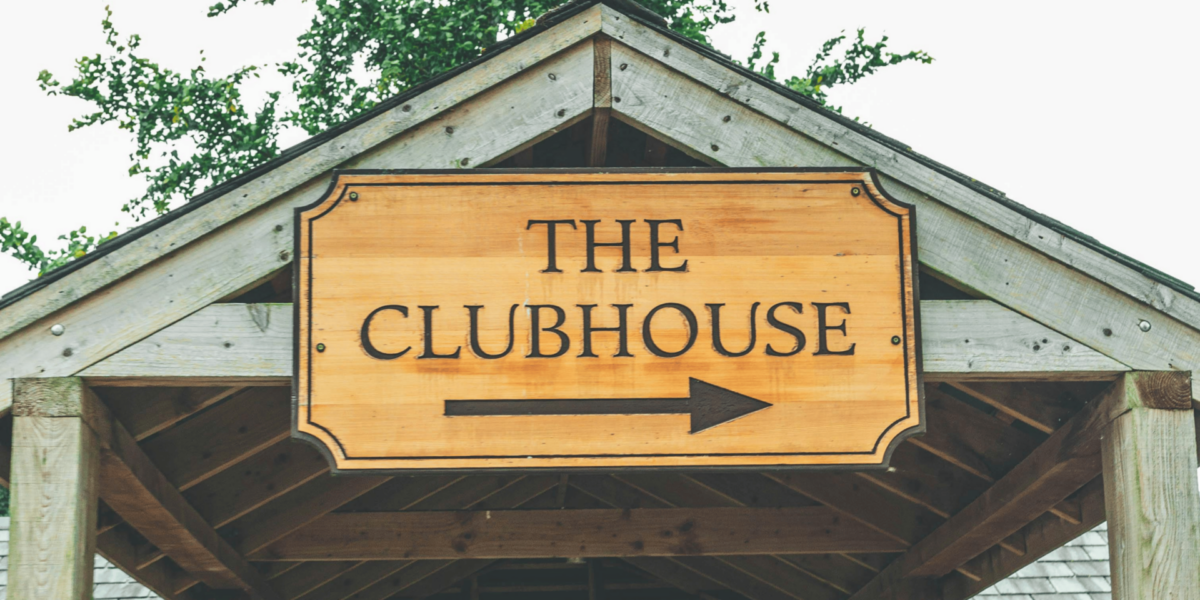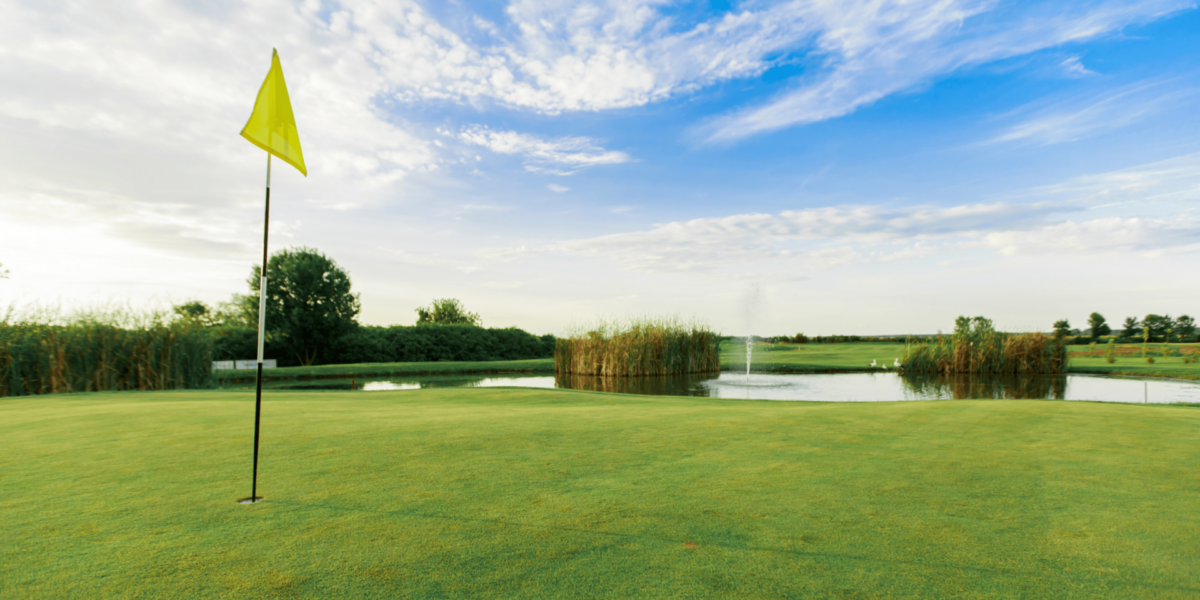Every Golf Course Tells a Story Through Its Layout
A championship golf course is more than grass and sand—it is a carefully designed space where strategy and skill meet. Every hole, bunker, slope, and green plays a role in shaping a golfer’s experience. The layout follows a rhythm that controls the pace and intensity of each round.
When players step onto the first tee, they begin a structured journey. Course architects build this flow intentionally. Shorter holes build momentum, while longer ones test endurance. This pacing forces players to adjust, keeping their focus sharp across all 18 holes.
Design Decisions Influence Player Strategy
Course designers make deliberate choices that affect how golfers approach each hole. They decide where to place hazards, how to angle fairways, and what terrain changes to include. These design elements create layers of challenge that reward both power and precision.
On a championship course, a wide fairway might seem inviting. But a sloped green or a hidden bunker changes how a player plans their shot. Players who ignore these subtle design cues risk losing strokes. Reading the course becomes just as important as reading the putt.
The Environment Adds Complexity to Every Round
Natural elements such as wind, light, and elevation shape how a golf course plays from one day to the next. A course located near the coast may change dramatically based on wind direction. Morning light can alter depth perception on the green, while humidity affects ball flight.
A player facing a downhill approach with wind at their back must calculate distance and spin carefully. These environmental variables interact with the course layout, forcing players to adjust their strategy in real time. The challenge isn’t fixed—it changes with the day.
Course Maintenance Shapes Performance
The condition of a golf course directly affects how the game is played. Fairway length, green speed, and bunker depth all influence shot selection and scoring. Grounds crews maintain these features with precision to ensure consistent play during tournaments.
Before a championship round, the greens might be rolled and cut to increase speed. Rough areas could be thickened to penalize errant shots. Players notice these changes during practice rounds and adjust their club choices accordingly. The daily rhythm of course maintenance keeps the playing field balanced—and challenging.
Player Flow Impacts Competitive Pressure
The rhythm of play on a championship course also comes from how groups move through the course. Tee times, pace of play, and crowd movement affect player focus and pressure. Delays at tricky holes can break concentration, while quick play can build momentum.
Picture a player approaching a par-three with a large gallery watching. If the group ahead takes longer than expected, tension rises. Timing matters, and the natural rhythm of the course must accommodate both competition and spectators. Managing tempo becomes part of the mental game.
Practice Rounds Reveal Strategic Patterns
During practice rounds, players walk the course to study its patterns. They measure yardages, test different clubs, and make notes on green behavior. This preparation helps them find the course’s rhythm and adapt their strategy for tournament play.
A player may discover that an aggressive drive on one hole offers no advantage due to a tight landing area. Instead, a controlled layup sets up a better angle for the next shot. These insights come from experience, and seasoned players learn to adjust their tempo to match the course’s design.
Championship Conditions Expose Weaknesses
Tournament conditions amplify every design feature. Narrow fairways, firm greens, and fast speeds push players to the edge of their ability. A course that plays easily in casual rounds becomes a serious test under pressure.
Now imagine a player entering the final day of competition, only a few shots behind the leader. The course will not offer relief. Wind may rise, pins may be tucked, and nerves will tighten. The course rhythm becomes sharper, and each swing must respond with equal discipline.
Scoring Opportunities Follow a Pattern
Even the most demanding courses offer moments for recovery. Par-fives may provide birdie chances, while short par-threes allow precision shots. Championship layouts often place these opportunities carefully to test decision-making under pressure.
A player reaching a reachable par-five late in the round faces a choice: play it safe or go for the green. That decision depends on the rhythm of their round, the leaderboard, and course conditions. Knowing when to take risks requires a deep understanding of the course’s tempo.
Spectator Design Enhances Tournament Energy
Championship venues plan for more than players—they also plan for crowds. Viewing areas, walkways, and sightlines are built to create excitement and allow spectators to follow the action. These features change the rhythm by adding visual and emotional energy to the game.
When fans line the fairway or gather around a green, players feel the shift. Applause, silence, or camera clicks all contribute to the mental rhythm. Great players know how to stay locked in, but even they must adjust to the energy of the crowd and the pace it creates.
Mastering the Course Rhythm Builds Legacy
Championships are often won by players who find the course’s rhythm early and adapt to it as conditions change. They pace their effort, manage stress, and respond to design elements with focus. Success doesn’t come from overpowering the course—it comes from understanding its flow.
A player who starts slow but finishes strong has likely mastered that rhythm. They knew when to be aggressive and when to hold back. Over time, the most iconic performances on any championship course come from those who learned to move in sync with its silent beat.




